Bathroom Dangers: How to Spot Them and What to Do

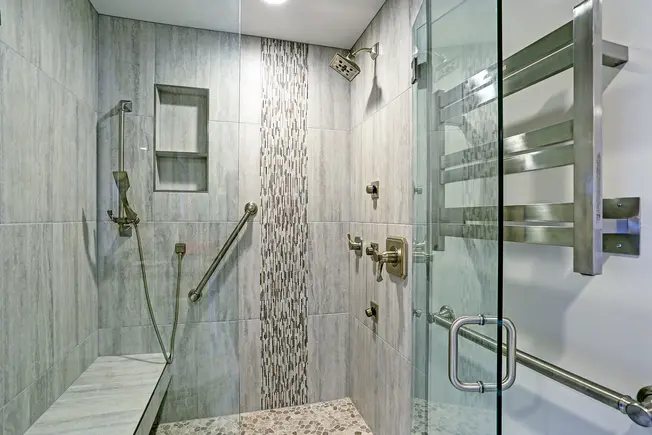
Slick Surfaces
Did you know that for older adults, the bathroom is the most dangerous place in your home? Some 80% of falls among people over age 65 happen there. While your tub and shower are certainly slippery – and can trip up people of any age – moving around the room can be tricky, too.
What to do:
- Install grab bars, especially near the shower and toilet.
- Install a walk-in shower or tub.
- Place non-slip mats on the floor by the shower and tub.
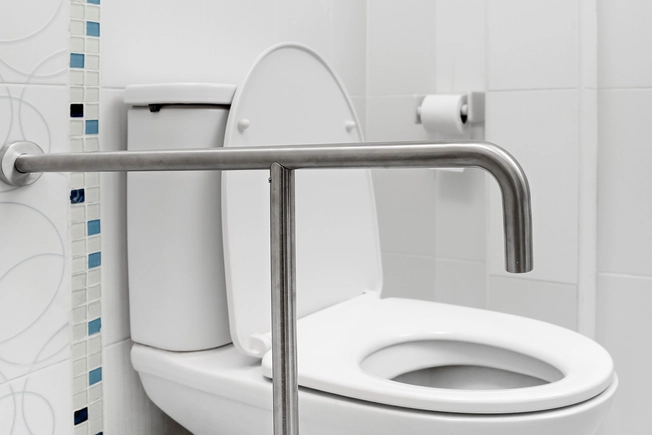
The Toilet Lowdown
Even though slick surfaces abound in a bathroom, you’re more likely to hurt yourself with a tumble off the toilet. Most toilets aren’t tall enough to get up from easily and are a surprising site of many injuries.
What to do:
- Securely install grab bars by the toilet.
- Replace your toilet seat with a raised one. You can also swap your low toilet to a taller type. It’ll help you stay steady when you sit or stand up.
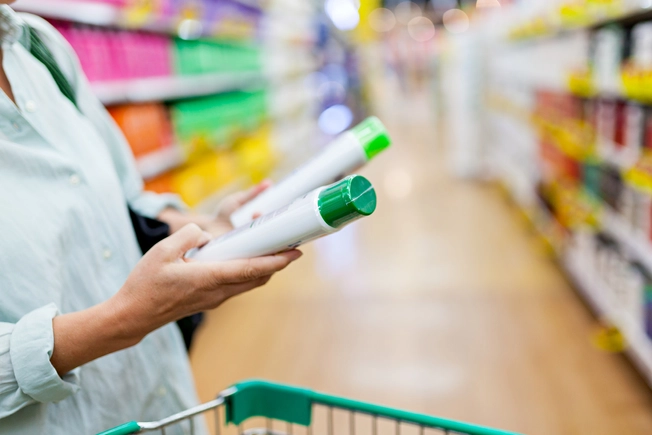
Not-So-Pretty Personal Care
Bath soap, shampoo, moisturizers, makeup, and other personal care products don’t have to be tested or approved. Sweet smells and pretty colors may mask scary substances that can cause cancer, such as coal tar and formaldehyde, or harm an unborn baby, like lead acetate.
What to do: Visit the Environmental Working Group’s product lookup site to see which brands are safe to use.
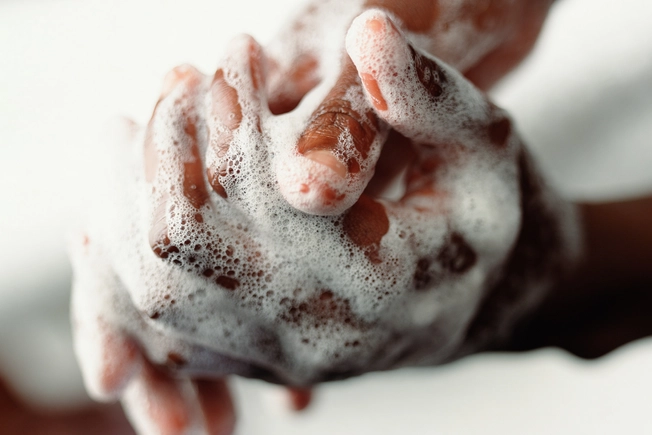
Antibacterial Soap
Since COVID-19 arrived, “antibacterial” has become a buzzword for super-clean and infection-fighting. Some of these products – think liquid hand cleansers and some bar soaps – have benzalkonium chloride or chloroxylenol. These ingredients can trigger eczema or asthma flares. Testing agencies aren’t even sure if these products are better than plain soap, which kills 90% of germs from your skin.
What to do: Wash with plain soap and water.
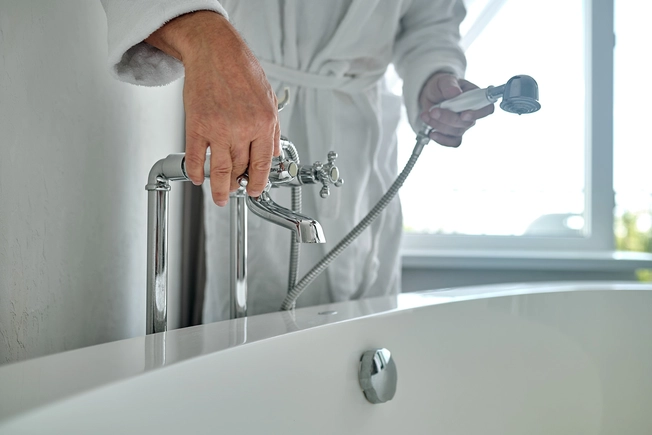
Too-Hot Water
Tap water burns cause about 5,000 injuries per year. Most happen to kids under 15 and adults over 65. Touching a water faucet when it's hot can scald you, too.
What to do:
- Set your water heater to no more than 120 degrees F. (It’ll also save money, as you’ll cut down on extra heat you don’t need for bathing.)
- Fill the tub – and test the temp – before anyone gets in. Start with cold water, then run some hot, then finish with cold so the tap will be cool, too.
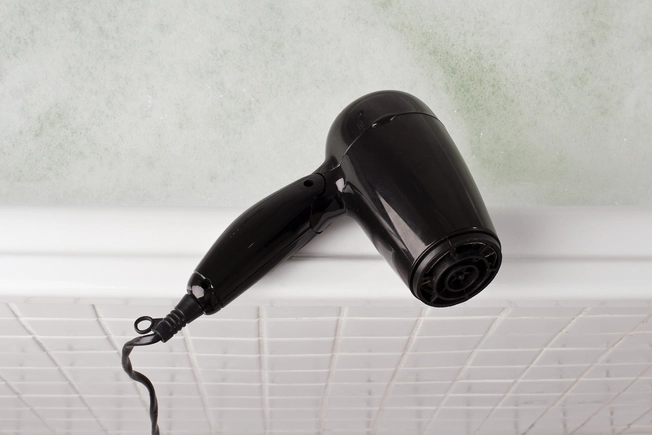
Styling Shocks
Electric razors, flat irons, hair dryers, even small appliances can trigger electric shocks if used near water.
What to do:
- Dry your hands before using appliances.
- Don’t use them in or near your sink, tub, or shower. Unplug them when you’re finished with them. This can prevent fire, too.
- Install at least one GFCI outlet, which is a circuit breaker that cuts electricity flow if a unit touches water.
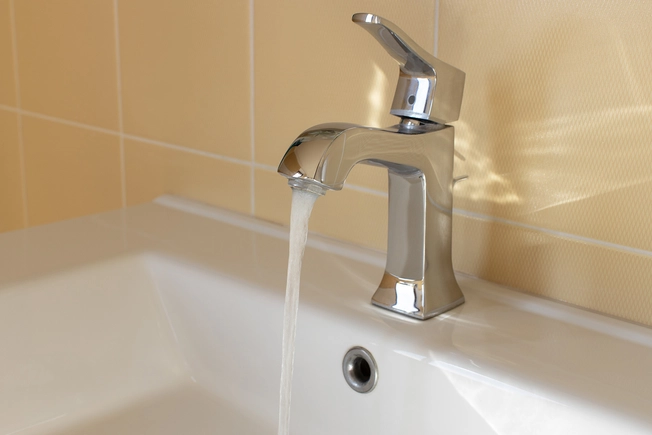
Leftover Lead
Older tubs and sinks made of porcelain, ceramics, or steel often contain lead. Many brass or chrome-plated brass faucets – made of copper and zinc – sold before 1997 have up to 8% lead, too. And when water sits in the pipes for a while, lead can get flushed out.
What to do:
- If you have aging faucets, let water run from the tap for 1 minute before using.
- Drink, brush teeth, and cook with cold water.
- Have your water tested.

Mold and Mildew 101
Molds come in a wide variety of spotty-looking tiny fungi that love moist places, whether it’s a damp floor, or your sink, faucets, and toilet. Mildew is a name for certain kinds of fungus or mold that tend to grow in a flat pattern -- think the slimy black lines along shower walls, ceilings, and windowsills. Molds can trigger allergic reactions and can also be toxic.
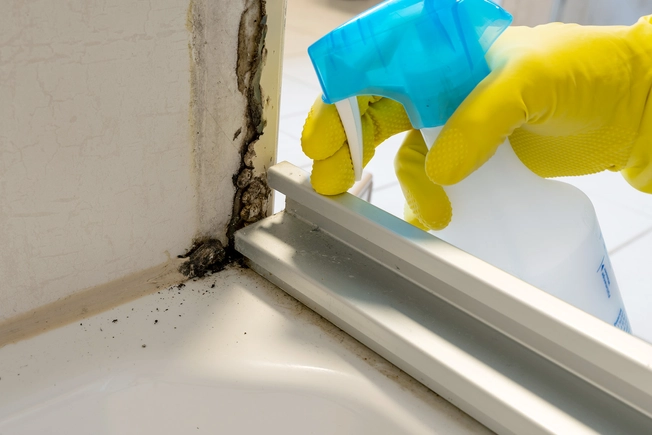
Mold and Mildew – What to Do
- Turn on a fan or open a window to improve ventilation.
- If you see mold, act fast to curb damage. Fix plumbing leaks quickly and keep the area dry.
- Put on gloves and scrub off mold with detergent and water, then dry.
- If the mold was caused by sewage or contaminated water, call a pro.
- Never paint or caulk over mold.
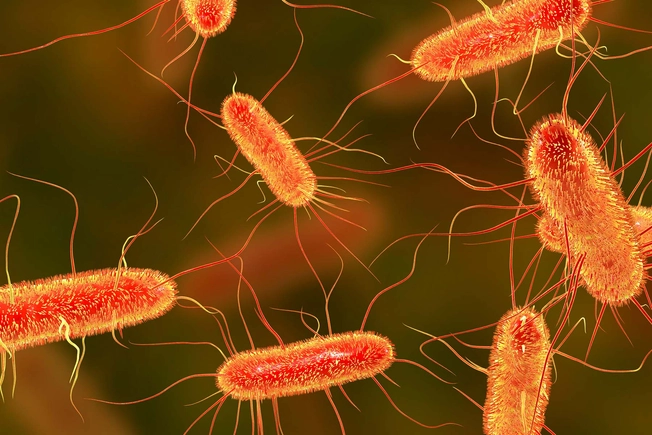
Bacteria and Viruses
Coliform bacteria, which include salmonella and E. coli, are a sign of fecal contamination. Staphylococcus aureus, aka staph, can hang out in your bathroom, too. The hotspots: toothbrush holders, toilet handles and seats, faucets, and doorknobs.
What to do:
Zero in on these areas when you clean. Use a household cleaner to remove germs and dirt, and follow up with a disinfectant to kill germs.
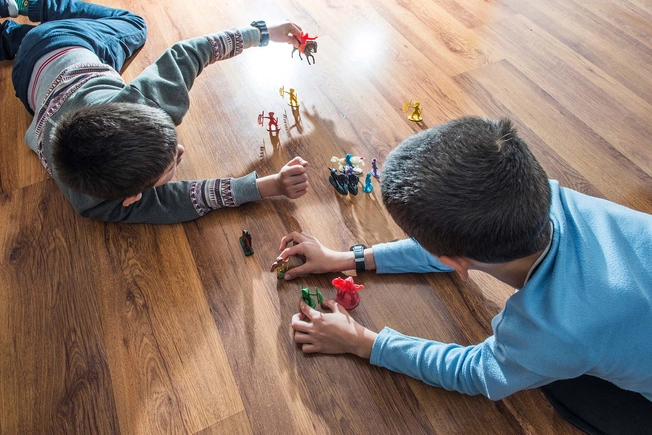
Vinyl Flooring
Studies have shown that exposure to vinyl or linoleum that contains phthalates – compounds often used to soften plastics – can lead to asthma and inflamed airways in children. A Consumer Reports test turned up low phthalate levels in vinyl flooring, but still advised caution. These products can also contain endocrine-disrupting chemicals (EDCs) that affect how your body’s hormones work.
What to do:
If you have small children who crawl on the floor, wet-mop often. Wash their hands well after a play session.
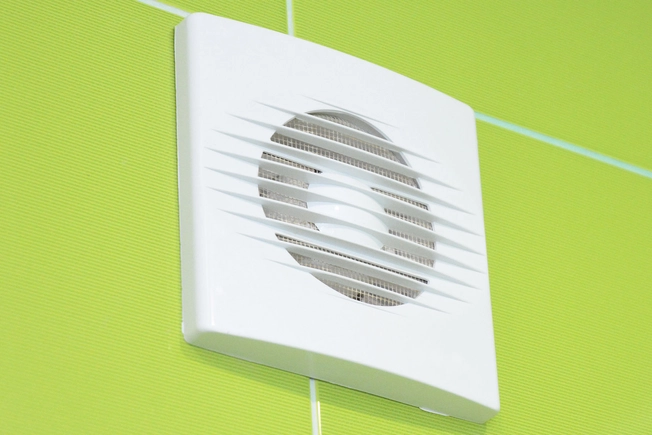
Chemical Collisions
Disinfectants used to clean toilets may contain chemicals or bleach that make poisonous gases if mixed with other cleaners. This can lead to breathing problems, burn your throat, and irritate your eyes.
What to do:
- Make sure your bathroom is well-ventilated when you clean. You can open the door or use an exhaust fan.
- Wear latex gloves to protect your skin. If any liquid splashes on you, wash it off right away.
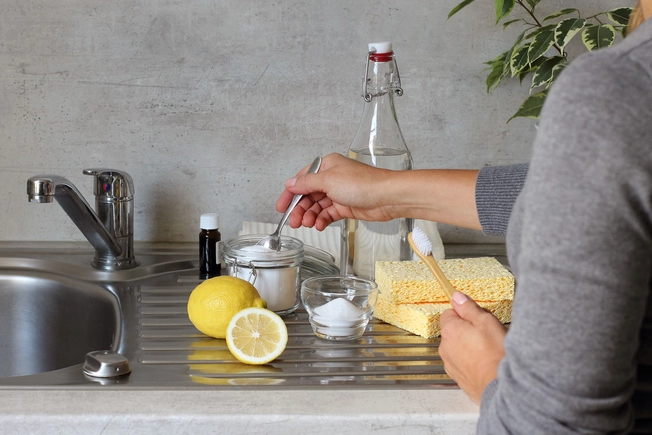
Better Than Bleach
Bleach sanitizes but can also burn skin. Mixed with acidic cleaners, it gives off chlorine gas, which may cause breathing problems.
What to do:
- Make a surface scrub: Wet 1/2 cup of baking soda with a little fragrance-free non-antibacterial liquid soap.
- White vinegar and lemon juice, along with baking soda, make good cleaning products that also disinfect and deodorize.
- Check brand safety ratings at https://www.ewg.org/guides/cleaners/.